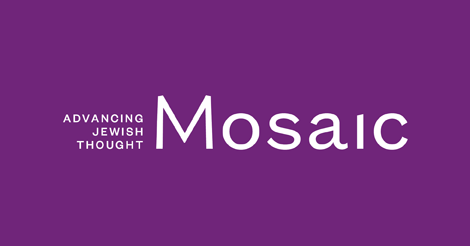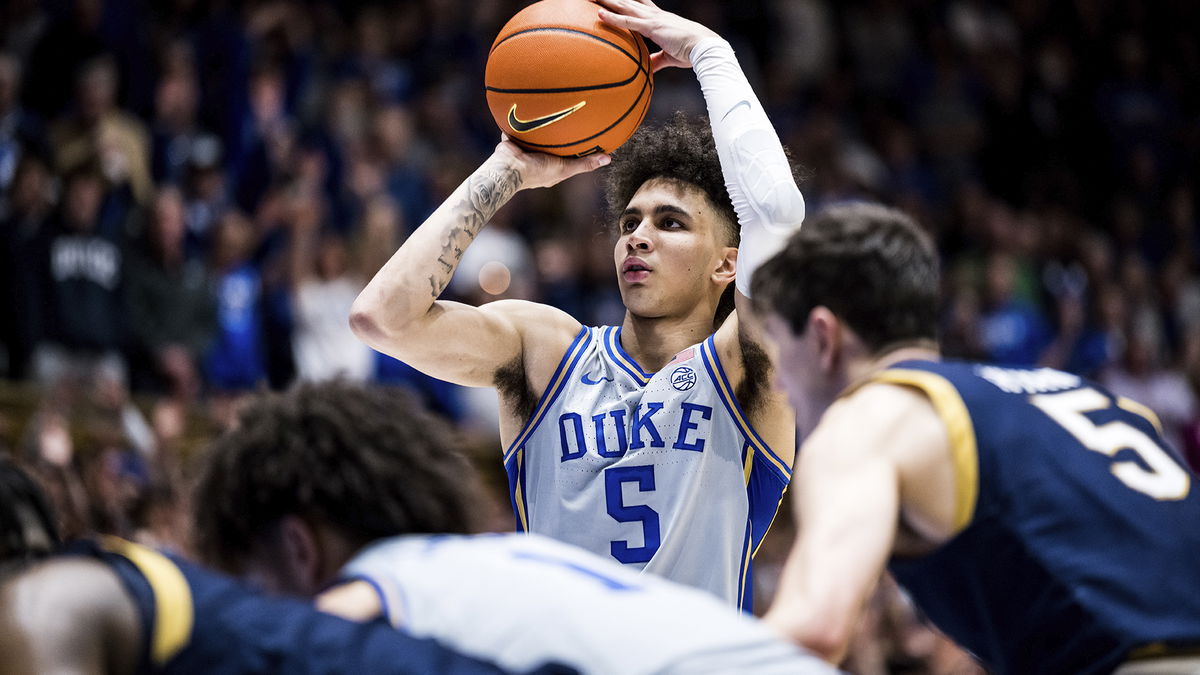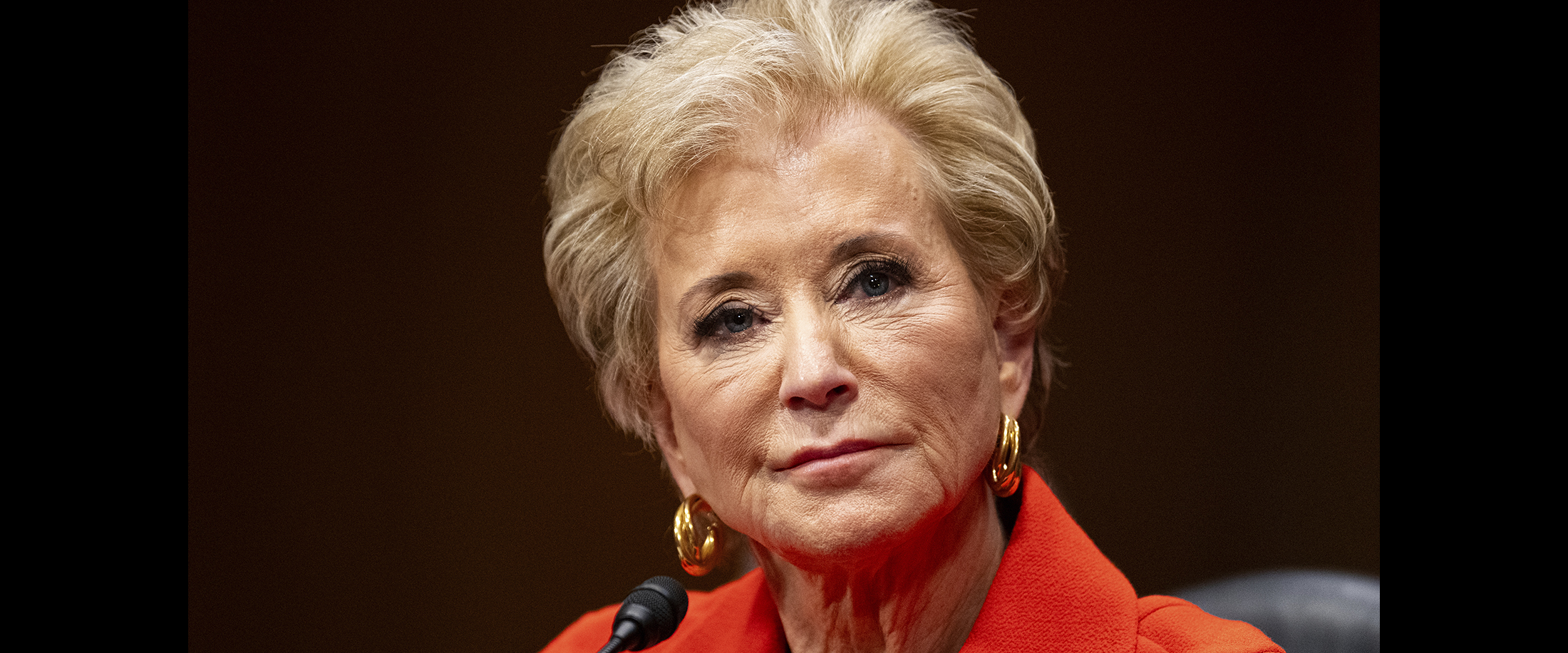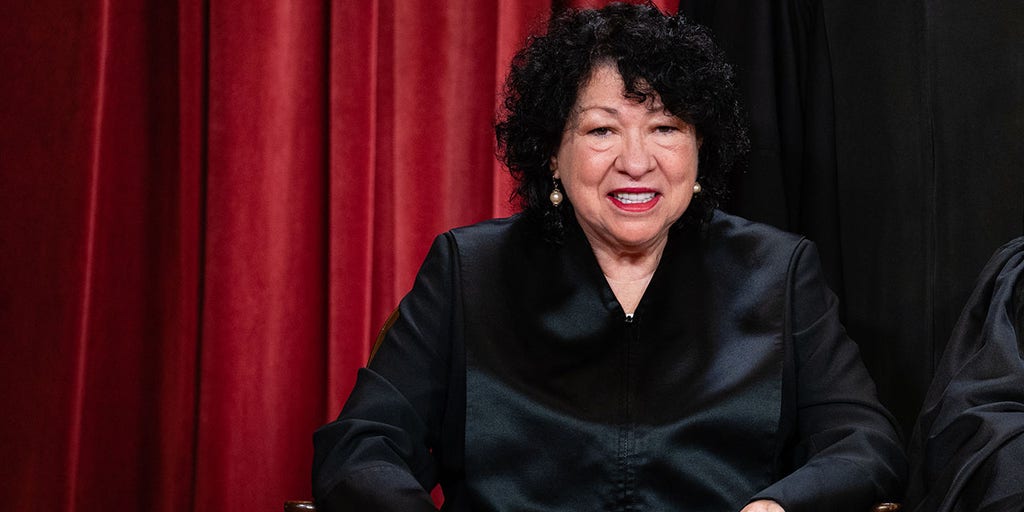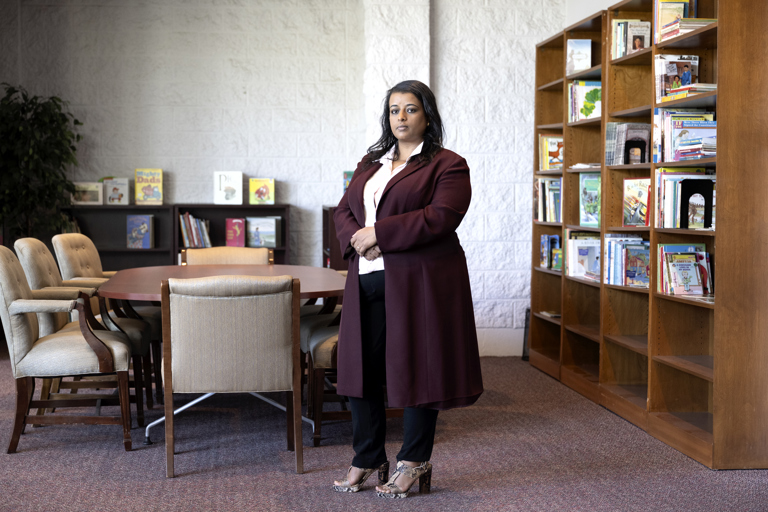Behind the Papal Ballots: The Hidden Religious Dynamics of Conclave Electors
Religion
2025-04-07 09:27:43Content
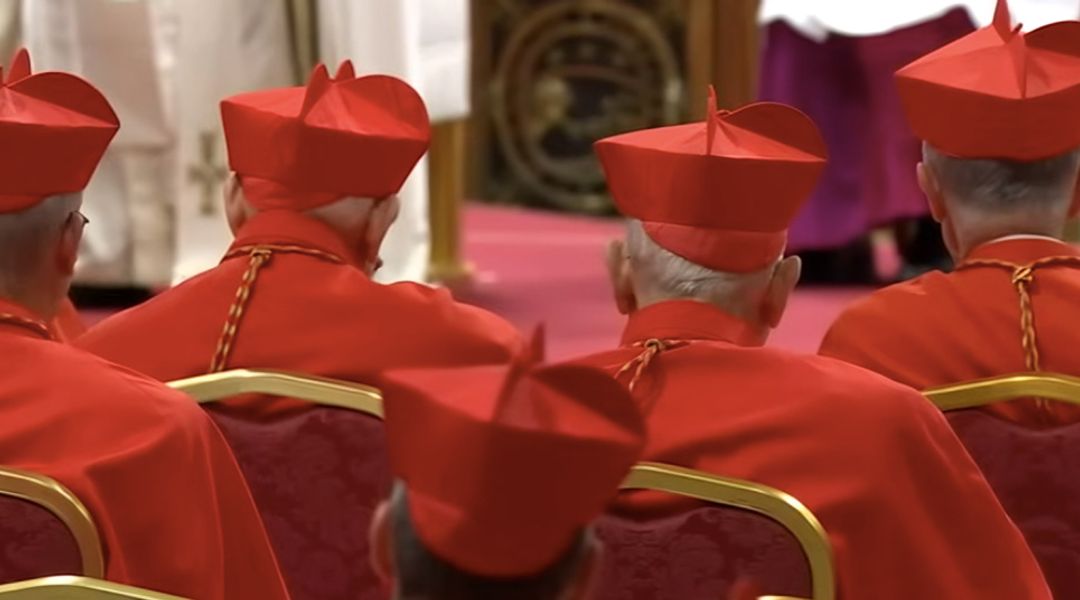
In a significant milestone for the Catholic Church, Chilean Cardinal Celestino Aós Braco recently celebrated his 80th birthday on April 6, which automatically removes him from the pool of potential papal electors. This transition highlights an intriguing aspect of Vatican tradition: among the college of cardinal electors, only 34 are members of religious orders—a remarkably select group that has historically produced just 20 popes throughout the Church's extensive 2,000-year history.
Cardinal Aós Braco's departure from the electoral college underscores the carefully structured succession process within the Catholic Church, where age serves as a natural mechanism for renewing leadership and ensuring a dynamic, evolving governance. His milestone birthday symbolizes both an individual's lifetime of service and the broader institutional mechanisms that maintain the Church's continuity and adaptability.
The rarity of religious order members ascending to the papal throne—with only 20 out of 266 historical popes coming from such backgrounds—adds an intriguing layer of historical perspective to this ecclesiastical transition.
Cardinal's Milestone: A Pivotal Moment in Ecclesiastical Leadership Transitions
In the intricate world of Vatican leadership, age and tradition play crucial roles in shaping the future of the Catholic Church. As cardinals navigate the complex landscape of ecclesiastical governance, each milestone represents a significant moment of transition and reflection on the institution's ongoing evolution.Navigating the Delicate Balance of Papal Succession and Generational Shifts
The Significance of Cardinal Age Limits
The Catholic Church's electoral system for papal succession represents a meticulously crafted mechanism designed to ensure dynamic leadership renewal. When cardinals reach the age of 80, they are systematically removed from the pool of potential papal electors, a rule that guarantees a continuous infusion of younger perspectives into the church's most critical decision-making processes. This intricate system reflects a profound understanding of institutional renewal and the importance of generational perspectives in maintaining the church's vitality and relevance. The age limitation serves multiple strategic purposes beyond mere administrative protocol. It creates a natural mechanism for introducing fresh theological interpretations, contemporary pastoral approaches, and innovative leadership strategies. By systematically rotating the electoral college, the church prevents stagnation and ensures that its leadership remains responsive to evolving global challenges and spiritual needs.Historical Context of Monastic Cardinals in Papal Elections
Throughout centuries of ecclesiastical history, religious order cardinals have played a unique and nuanced role in papal succession. The current landscape reveals a fascinating statistical anomaly: among the 266 popes who have led the Catholic Church, merely 20 emerged from religious orders. This remarkable fact underscores the exceptional nature of monastic leadership within the papal tradition. The 34 cardinals belonging to religious orders represent a specialized subset of church leadership, bringing distinctive spiritual and administrative perspectives to the electoral process. Their backgrounds in monastic traditions often provide a deeper contemplative dimension to ecclesiastical governance, introducing contemplative insights that complement the more administrative approaches of diocesan clergy.Cardinal Celestino Aós Braco: A Personal Transition
The recent milestone of Cardinal Celestino Aós Braco turning 80 symbolizes more than a personal birthday—it represents a profound institutional transition. By crossing this numerical threshold, the cardinal gracefully exits the papal electoral process, making way for younger church leaders to shape the institution's future. This transition is not a diminishment but a celebration of a lifetime of service. Cardinals who reach this age do not fade into obscurity but continue to offer invaluable wisdom, spiritual guidance, and historical perspective to the church. Their accumulated experiences become a living repository of institutional memory, bridging past traditions with contemporary challenges.Broader Implications for Ecclesiastical Governance
The systematic rotation of papal electors reflects a sophisticated approach to institutional leadership that extends far beyond the Catholic Church. It represents a model of managed succession that balances institutional continuity with the imperative of generational renewal. By implementing age-based transitions, the church ensures that leadership remains dynamic, responsive, and aligned with contemporary spiritual and social realities. This approach demonstrates a profound understanding that leadership is not about perpetual tenure but about creating sustainable systems that can adapt and evolve. The carefully constructed mechanism of electoral renewal ensures that the church remains both deeply rooted in its traditions and capable of addressing the complex challenges of a rapidly changing global landscape.RELATED NEWS
Religion

Faith vs. Fairness: Supreme Court Wrestles with LGBTQ School Library Controversy
2025-04-21 23:03:36
Religion
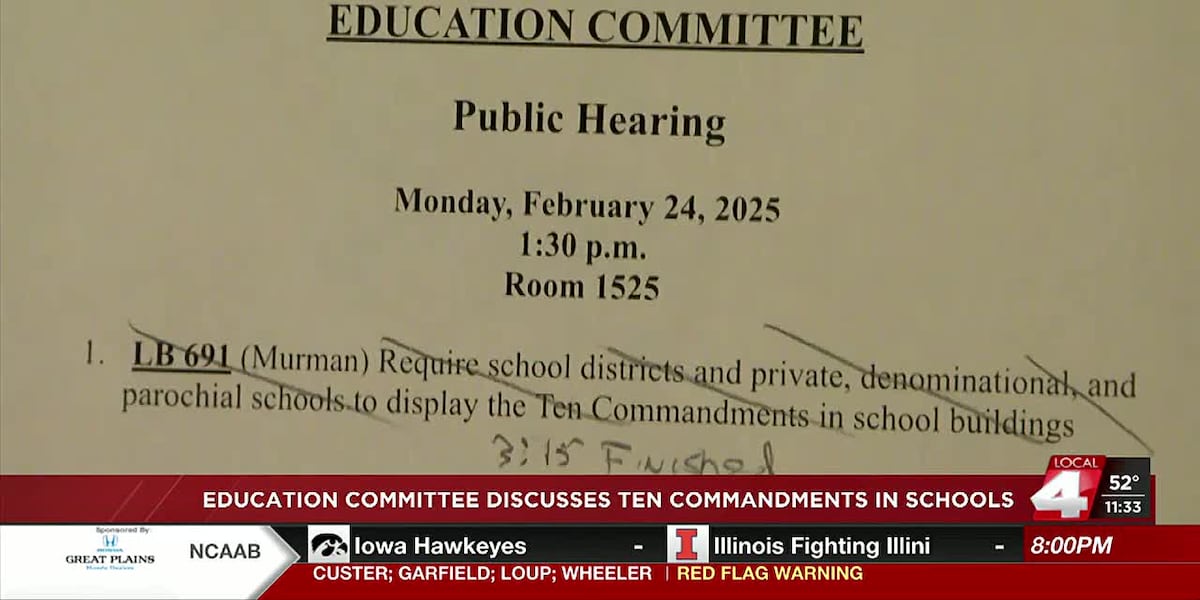
Classroom Controversy: Nebraska Lawmakers Push for Biblical Display in Public Schools
2025-02-25 20:34:25
